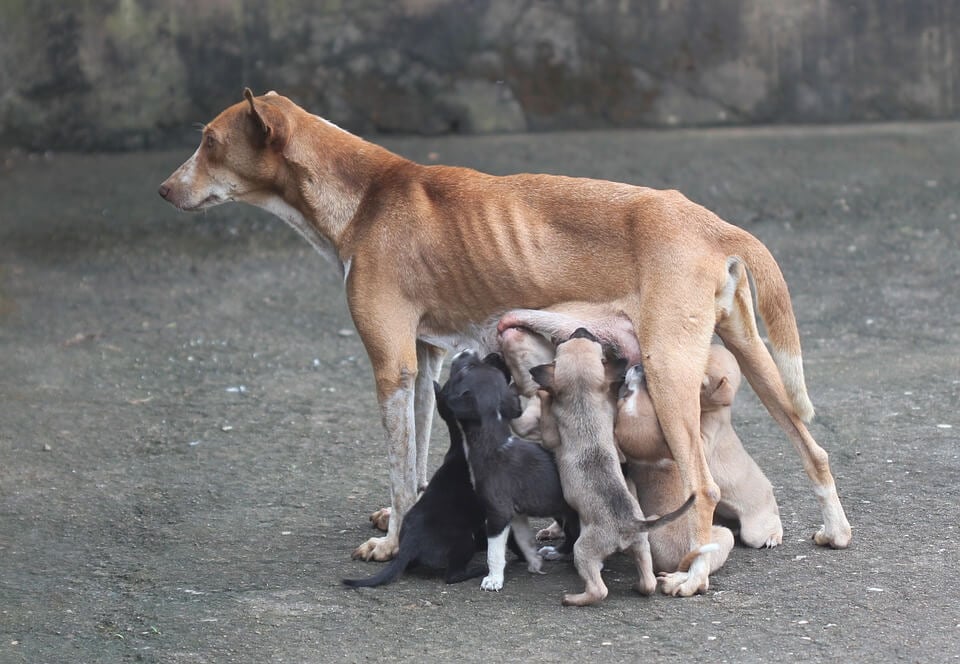

Posted on by Elizabeth Coalson
De-Sexing Isn’t Sexy – But It Is Necessary
In its “Altered Status Data Report – 2019–2023 Trends in Animal Sterilization at Intake”, Shelter Animals Count reveals an alarming shift in the altered status of dogs entering U.S. animal shelters. Fewer dogs are arriving spayed or neutered — a change that directly impacts shelter overpopulation, animal outcomes, and community animal control costs.📉 Declining Spay/Neuter Rates in Shelter Dogs
Between 2019 and 2023:- Percentage of dogs altered before shelter intake fell from 33.2% to 22.3%.
- Owner surrenders: altered status dropped 10.7%.
- Strays: altered status dropped 8.7%.
- In 2023, just 28.9% of owner-surrendered dogs were already altered.
- Male dogs had higher altered rates than females (24% vs. 21% in 2023), reflecting the higher cost of spaying compared to neutering.
📏 Large Dogs Show Steeper Declines
Data shows large dogs are more likely to be altered at intake than medium or small dogs — but their rates are dropping faster, down about 10% over the study period. This matters because large dogs often face longer adoption waits and are harder to place.🕒 How Spay/Neuter Affects Shelter Stays
In 2019:- Altered dogs: 10 days average stay
- Unaltered dogs: 11 days
- Altered dogs: 14 days
- Unaltered dogs: 18 days
🦠 COVID’s Lasting Impact on Spay/Neuter Access
Over 60% of the decline in altered owner surrenders happened between 2019 and 2020 due to:- Veterinary clinic shutdowns during COVID
- Permanent closures and reduced staffing
- Overbooked schedules and rising costs for procedures
🌍 Why It Matters for Communities
If shelter intake reflects the community at large — which it often does — then declining altered rates indicate fewer dogs in the public are spayed/neutered. This leads to:- More accidental litters
- More strays on the streets
- Greater pressure on shelter capacity and resources
💡 How to Reverse the Trend
To address declining altered rates, communities must:- Expand low-cost spay/neuter programs
- Increase public awareness campaigns on the importance of pet sterilization
- Support shelter partnerships with veterinary clinics
📌 Resources for Affordable Spay/Neuter and Pet Care
Find financial help and low-cost services here:- PetHelpFinder.org – Locate veterinary care, spay/neuter clinics, vaccines, pet supplies, and pet food assistance.
- Pets.FindHelp.com – Search for free or low-cost pet services including vet care, food pantries, and temporary pet housing.
- United Spay Alliance – Nationwide directory of low-cost spay/neuter providers.
